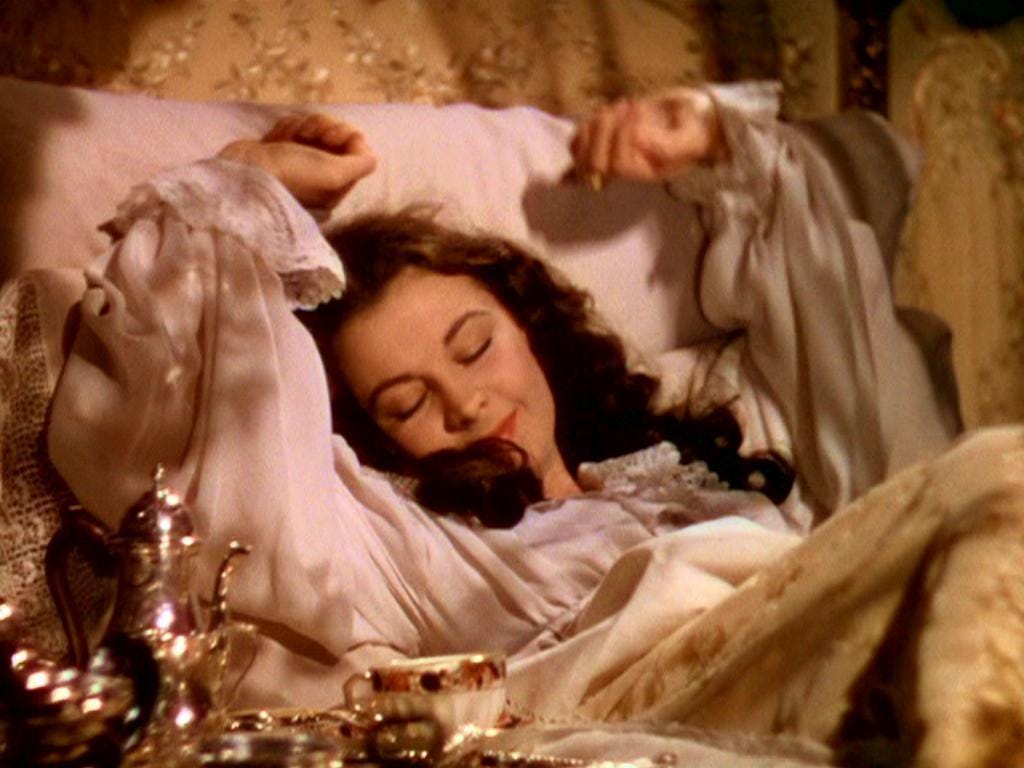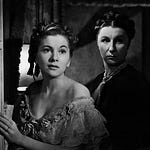There is no accounting for taste, especially in the realm of the “gross.”—Linda Williams, “Film Bodies: Gender, Genre, and Excess”
If you’ve written about BDSM for publication in the past decade, you were probably prompted by your editor to include a reference to the 2011 novel Fifty Shades of Grey. To contextualize kink in popular American culture, you see.
I’ve been asked to do this enough times that I started pre-empting the editorial request, even though I wouldn’t normally be so inclined. This isn’t because I’m a contrarian or a snob, but rather because E.L. James’s best-selling series—an erotic romance about a beautiful and innocent young virgin who falls in love with a handsome and perverted young Bezos-type in the Seattle metropolitan area—has as much to do with actual leathersex as it does with Frasier.
Having since spawned a successful film franchise as well as lots of conversation about abuse, consent, and horny white, middle-class, straight women, James’s trilogy has become a, if not the, 21st c. touchstone for BDSM in American popular culture. But I hadn’t seen any of the films, much less read any of the books on which they’re based, until a few weeks ago. Again, this is not because I’m a contrarian or a snob (though it’s safe to admit I can be both). I enjoy romantic dramas, especially those of the it’s-so-bad-it’s-good variety, but I didn’t get around to watching Anastasia and Christian play their little hetero mind games until a fan in my pod recommended them.
But there’s another reason why I wanted to see what all the fuss was about. After so many years listening to whinging about how bad Fifty is for not only for vanilla people but kinksters as well—in particular from people whose opinions on BDSM I neither trust nor respect—I began to wonder if it was really all that bad. It was one thing if normal people thought Fifty had the power to promote or even create abusive sexual behavior. But while some kinky people seemed to share similar concerns, they also talked about Anastasia and Christian’s BDSM as embarrassing or corny in a manner that reminded me of how real SM, the kind that is humiliating, dirty, illegal, transactional, slutty, filthy, or perverted, is talked about in society at large. While vanilla critics were concerned that other vanilla people (i.e., straight [white] women) would be swept away by Fifty’s sensual power into a licentious void of intimate partner violence, kinky critics wanted it both ways: Fifty was both the alluring Pied Piper of IPV as well as straight-up cringe. One wondered how something that was so impossible to take seriously could also be so threatening. This positioning of Fifty as at once activating and dismissible reminded me of Linda Williams, who’s best-known for film scholarship focused on the “body genres” of horror, melodrama, and porn. As she writes, “Alone or in combination, heavy doses of sex, violence, and emotion are dismissed by one faction or another as having no logic or reason for existence beyond their power to excite.” And yet the determination of these excesses is highly subjective, as well as reliant on the genre in which they appear: “For example,” she writes, “pornography is today more often deemed excessive for its violence than for its sex, while horror films are excessive in their displacement of sex onto violence.”
In watching (and enjoying) the cinematic crapjunk of Fifty Shades of Grey and Fifty Shades Darker (the third installment, Fifty Shades Freed, is still on the docket), I found myself disagreeing with the concerns raised by both kinky and vanilla critics of Fifty’s moral and ethical role-modeling. Are there issues of consent between Anastasia and Christian? Absolutely, although the scene in Fifty Shades Darker where Christian shows Anastasia where he doesn’t want to be touched (trauma 😔) by drawing a “road map” on his naked chest with her lipstick approaches, endearingly, a fleeting example of what true consent might look like in these star-crossed lovers’ lives.
But why are these movies responsible for being responsible, again? To be clear, they’re over-the-top, badly written, grudgingly acted, packed with explicit vanilla sex (by American standards), and generally speaking so confused about what constitutes consent that I wouldn’t recommend them as a guide for interacting with another human, let alone cutting them open. But so are a lot of so-called romantic movies, whether or not their subject is rough sex or explicit power exchange.
More interesting than Fifty as a text is how that text has been received, particularly by those who conflate its danger and cringe while positioning that danger/cringe in opposition with an idealized version of BDSM that is both “safe” AND not cringe. For this crowd, it seems as if there is more concern about Fifty’s connection with “real” BDSM as a matter of reputation than of the bad consent and technique it portrays.
Because while we’ve all done some grousing over the years, I think people who are actually in leather scenes aren’t overly worried about the optics of Fifty. Putting aside for the moment that the kinkiest thing Anastasia and Christian get up to is dithering over a sex contract and playing with what are sometimes referred to as ben wa balls, who cares what goes on in straight BDSM? As with the cryptid kingdom of the Pacific Northwest, one must doubt whether it’s even real. Second, anyone who wants to learn about BDSM won’t be doing it with Fifty, no matter how green they are. Even if they start there—and we all had something, didn’t we, some problematic text that excited, inspired, bedeviled us into asking forbidden questions?—if they want more, they won’t end there. The infographic industrial complex has seen to that.
That’s the other thing about the Fifty backlash—the idea that for those of us in the scene there existed good, untainted, unproblematic ur-representations of BDSM that Fifty is somehow preventing the new guard from experiencing. As if. Our forefxthers were getting boners about cartoon quicksand and Wonder Woman and their aunt’s stockings under the kitchen table. People get into corporal punishment often because they themselves were corporally punished. These are not “morally” “good” introductions to BDSM, not least because our culture doesn’t have much in the way “morally” “good” entry points into any kind of sexuality, at least on a mass level. I don’t want to give them too much credit, but the fact that the protagonists of Fifty are even attempting to negotiate what is going to happen in the bedroom before it happens is lightyears beyond the sexual education and media I received as a child and teenager. Where I’m from, you just lie there and wait for whatever the man is doing to you to be done.
So wherefore this expectation that a bodice-ripper by a woman who has never claimed the lifestyle be a proper SM guidebook? Writing for BitchMedia in 2015, Catherine Scott identified Fifty for what it is: a romance novel that gets the same treatment that every other romance novel gets.
Where is the condemnation of Mr. Darcy, Mr. Rochester, and Heathcliff—those heroes of romantic literature—for being emotionally and sometimes physically abusive sociopaths? I can’t help but feel that some of the outrage over Fifty Shades is both selective and elitist. Fifty Shades faces the same kind of criticism that’s lobbed at romance in general: “Oh, look at those uneducated women and their trashy reads! Bless them for not knowing that classier books exist!” I wonder if many critics care less about misrepresentations of kink in the book and more about saving the undiscerning masses from themselves.
While watching Fifty, I was reminded of seeing Gone with the Wind (1939) for the first time as a child. I felt the excitement, the sexiness, the power of the infamous staircase scene, long debated for its dance between rape and ravishment. I was no more taught to wonder whether Scarlett’s husband raped her than I was taught to be appalled by Scarlett’s family’s enslavement of other people, or by the fact that Hattie McDaniel, the first black person to win an Oscar, was almost not allowed to attend the ceremony for which she was nominated.
Scott and I both see Fifty’s ravishment as part of a longer tradition1 of media demeaned by its centering of a certain kind of female sexual satisfaction, now adapted for a new century. What if Fifty is the next step in the evolution of what has long been known to be danger/cringe, a sensibility/sensation encompassing elements of the naive, the camp, the mortifying, the subversive, and of course, the feminine?
Despite its incompatibility with in-community values or its lack of resemblance to leathersex, in the sense that Fifty subverts, defies, and unsettles both vanilla and kinky people, one might say that it approaches kink much more than some would like to admit. And in the sense that it’s difficult to distinguish the discomfort and embarrassment it causes from the kind elicited by more taboo (or simply less palatable) in-community activities and relationalities, its danger/cringe approaches ours more than others would like to admit.
It’s enough to make you wonder whether kink and cringe can ever be fully extricated from each other…
David tweets at @k8bushofficial.
Subscribe to support our mutual aid project, GOOD ADVICE/BAD GAY, a bimonthly advice series from an anonymous gay therapist who’s not afraid to hurt your feelings with the truth. Sample an unlocked post for a taste of what you’re missing.
Although it occurs to me now that it’s almost annoying how Fifty is in conflict with itself in that, by attempting to formalize the power exchange dynamic between Anastasia and Christian, it’s imposing a logic on the sexual desire between men and women, which is supposed to be essential, ineffable, and most importantly of all, natural. But we can make do.













